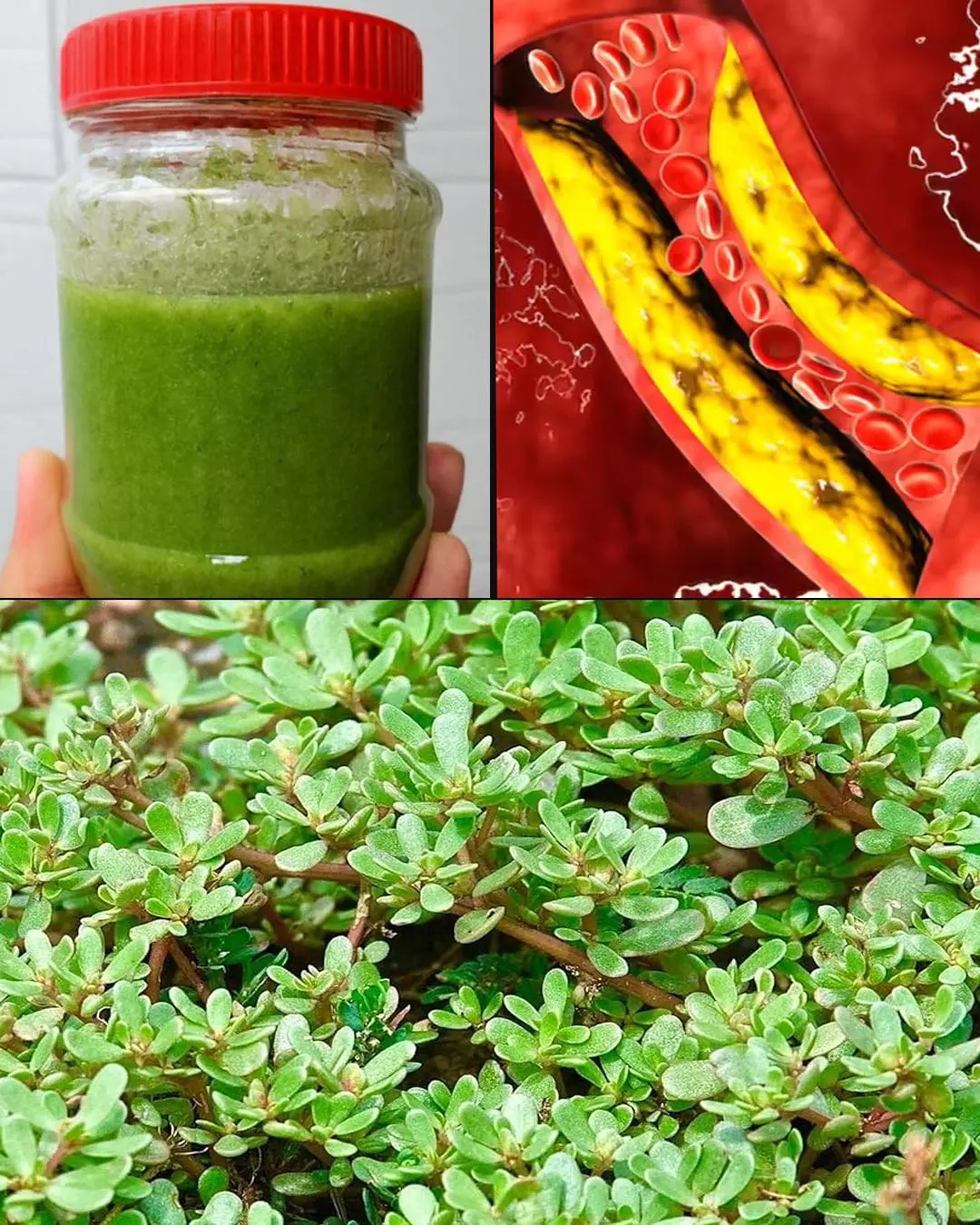
Three Optimal Times to Drink Perilla Leaf (Lá Tía Tô) Tea—And Most People Don’t Know Them
The water made from the leaves of Perilla frutescens—commonly called lá tía tô in Vietnamese—has been valued for centuries in East Asia both as a culinary herb and as a medicinal plant. Because timing can influence how well the body absorbs nutrients and how it uses them, choosing when to drink perilla tea can make a meaningful difference. Below are three key time-windows that are often overlooked, along with what research says about the herb’s benefits and important precautions.
Why Perilla Leaf Tea Has Benefits
Before diving into the best times to drink, it’s helpful to understand what perilla leaf contains and why it may be good for you.
-
Perilla leaves and their extracts are rich in active phytochemicals—including rosmarinic acid, flavonoids (like luteolin and quercetin), essential fatty acids, and volatile oils. Nature+3biomedpharmajournal.org+3MDPI+3
-
Preclinical (in vitro and animal) studies show that perilla may have antioxidant, anti-inflammatory, antiallergy and even anticancer potential. PMC+2MDPI+2
-
Some smaller human studies suggest benefits for gastrointestinal discomfort (such as bloating, fullness) when a standardized perilla extract was used over several weeks. PMC+1
-
From the Vietnamese health-writing side, drinking perilla “juice” (i.e., brewed leaf water) is promoted for cardiovascular support (helping stabilize blood pressure, protect the heart), nerve and vision health via DHA supplementation, and improving skin and digestion. vietnam.vn+1
However, it is important to emphasize:
“Various preparations and dosing regimens have been studied … clinical trial data are lacking to recommend use of perilla for any indication.” Drugs.com
So while the herb is promising, the evidence for when and how much to drink is still based mostly on traditional use or small studies.
Three Best Times to Drink Perilla Leaf Tea
Here are three ideal time-windows when drinking perilla leaf tea may be more beneficial—based on both traditional recommendations and some supportive observations.
1. 15-30 minutes before breakfast
Drinking perilla tea before your first meal of the day is thought to offer several advantages:
-
Your stomach is relatively empty, which may allow better absorption of the beneficial compounds in the tea.
-
It may help stimulate digestion, promote metabolism and potentially assist in managing body-weight or fat burning (as suggested by some Vietnamese sources). vietnam.vn+1
-
Starting the day with a warm herbal drink such as perilla may also gently awaken your digestive system and provide hydration.
2. 10-20 minutes before each of the two main meals (lunch & dinner)
According to some Vietnamese-language recommendations, 10-20 minutes before the main meals is an optimal window. vietnam.vn The logic:
-
Drinking herbal water before a meal may slightly reduce the impulsive overeating by creating a mild sense of fullness, and may help the body process the upcoming nutrient load more efficiently.
-
If the tea supports metabolism or fat-oxidation (as some traditional claims suggest), then placing it just before the major meals may give it the best “entry point” into the body’s digestive and metabolic processes.
-
Practically, this would mean: have a small cup of the brewed perilla leaf water about 10–20 minutes before lunch and again before dinner.
3. About 60 minutes before bedtime
Finally, another recommended window is around one hour before going to bed. vietnam.vn The reasoning includes:
-
A warm, mild herbal drink before sleep can promote relaxation and support digestive processes during the overnight fasting period.
-
It may help remove metabolic waste, support skin repair, and assist in “cooling” the body—consistent with traditional East-Asian herbal theory (where perilla is considered to have warming or mild “wind-cold dispelling” properties). acupuncturetoday.com+1
-
If the tea does not contain caffeine (and perilla generally does not), then it is unlikely to disrupt sleep and may even help with mild digestive discomfort or evening wind-down.
Preparation & Usage Tips
To make the most of perilla leaf tea, consider these best-practice steps:
-
Use fresh leaves (or clean well-dried ones). Boil gently—some sources say about 2 minutes after the water has boiled, then remove from heat to preserve volatile oils. vietnam.vn
-
Drink the prepared water while still warm or at comfortable temperature; avoid letting it sit too long (within 24 hours is recommended). vietnam.vn
-
Do not use perilla leaf water as a full substitute for plain drinking water. It’s better used as an adjunct beverage. vietnam.vn
-
Suggested limit: about 2–3 glasses (small cups) per day for healthy adults, divided across times. Exceeding this or prolonged heavy use may carry risk (see precautions below). vietnam.vn
Precautions & Who Should Be Careful
While perilla leaf is generally considered safe for many people when used moderately, there are important caveats:
-
Because clinical human-data are limited, you should treat it as a herbal adjunct, not a medical treatment. Drugs.com+1
-
Some sources warn that too many glasses per day, long-term heavy use, or using it in place of plain water may lead to unwanted effects such as increased blood pressure or cardiovascular strain. vietnam.vn+1
-
People experiencing symptoms like excessive sweating, heatstroke, pregnancy, very young children—these groups are often advised to avoid using perilla leaf water without professional guidance. vietnam.vn
-
Allergic reactions: though rare, there are reports of dermatitis or other sensitivity responses. WebMD
-
If you experience any negative effects (e.g., dizziness, rapid heartbeat, abdominal discomfort), discontinue use and consult a healthcare professional.
Summary
In summary: drinking perilla leaf tea at three key times (before breakfast, before the major meals, and about an hour before bed) may help you maximise its potential benefits—such as improved digestion, gentle metabolism support, and body-system balance. The herb has a solid traditional usage basis and emerging scientific support for its biological activity (antioxidant, anti-inflammatory, digestive support). At the same time, because strong human-clinical data are scarce, caution is wise: moderate usage, awareness of your body’s response, and not replacing plain water or medical care.
News in the same category


Growing Concern Over Visceral Fat — Doctors Recommend 9 Foods to Help Burn It Naturally

‘This Is An Opportunity For You To Get Some Portal Film’ | Deion Sanders’ Ruthless Scrimmage Urging Bench Players To Transfer Angers Fans

Texas Cheerleader Jumps Off Homecoming Float To Save Choking Toddler

Meet Andrea Walls, the Artist Preserving Black Stories Through Photography

5 Tasty Eating Habits That Could Be Silent Cancer Risks for the Whole Family — Avoid Them Now

Do You Need to Unplug Your Rice Cooker After the Rice Is Done?

K Hospital Issues Warning: Daily Consumption of Processed Meats May Increase Cancer Risk – Don’t Ignore It!

5 Warning Signs of Fish Preserved with Urea – Don’t Take It Home Even If It’s Free

Eating Chicken with Sticky Rice Is a Mistake: 5 Classic Food-Combining Errors That 9 out of 10 People Don’t Know

Single Dad Adopts 5 Siblings Under The Age Of Six So They Can Stay Together

21 Year Old Hotel Employee Who Managed 90 Guests Alone During Tropical Storm Is Gifted New Car

Texas Southern University Debate Team Wins 5th World Championship Title

Meet Faith Couch, the Photographer Transforming the Way We See Black Love

People mind-blown by futuristic 'doll house' neighborhood in China home to over 1,000 units

Incredible story of teen who survived 49 days lost at sea on floating fish trap

YouTuber uncovers hidden city under water that's been missing for almost 100 years

'Zombie' volcano believed to be extinct for 710,000 years now showing signs of life

The Secret to Perfectly Sweet and Fluffy Boiled Sweet Potatoes: Add Just One Spoon of This!
News Post

4 types of ornamental plants that easily cause allergies and poisoning in children, parents should consider before planting

Is beef that has iridescent colors like the 7 rainbow colors edible?

🚽 How to Remove Limescale Stains from Your Toilet Bowl — Naturally & Without Harsh Chemicals

7 ways to preserve onions and garlic so they don't mold, rot, or sprout all year long

Squeeze lemon juice into the rice cooker before cooking? Simple operation but surprising effects

Put a bowl of salt in the refrigerator: A small but effective tip that makes me regret knowing it after 30 years

Most Attractive Hobby a Man Can Have According to Women

The Hidden Power of the Hole in Your Kitchen Knife — 7+ Surprising Uses You Probably Didn't Know

Most people will go their entire lives without ever knowing what the microwave ring cover is actually for

10 Morning Habits That Are Surprisingly Harmful to Your Health

6 Effective Drinks to Help Prevent Stroke – Don’t Overlook These Choices

DENTISTS HATE HOW SIMPLE THIS TEETH WHITENING HACK IS
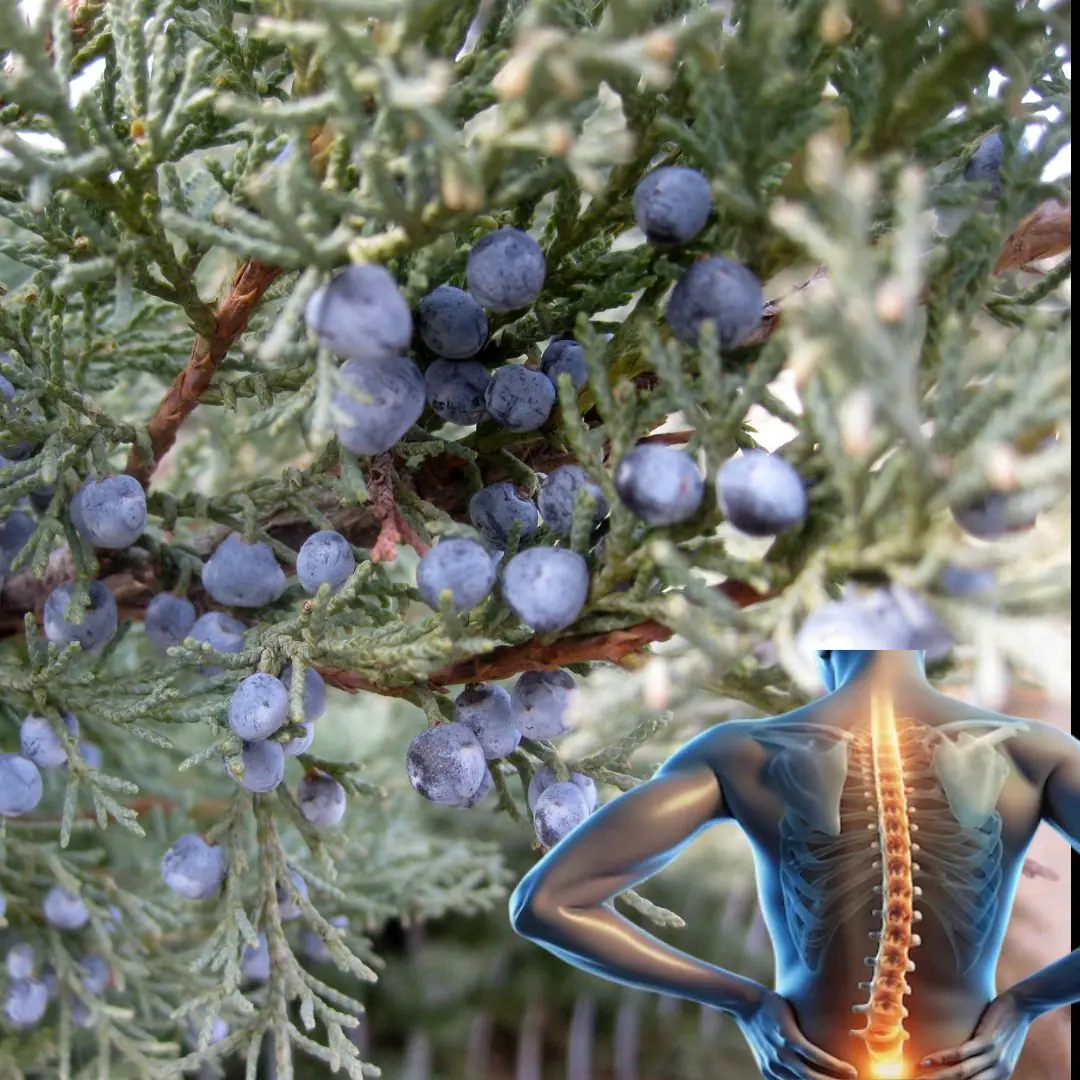
Juniper: A Comprehensive Guide to Its Benefits and Uses

Unveil Colgate’s Secret for Silky-Smooth Feet
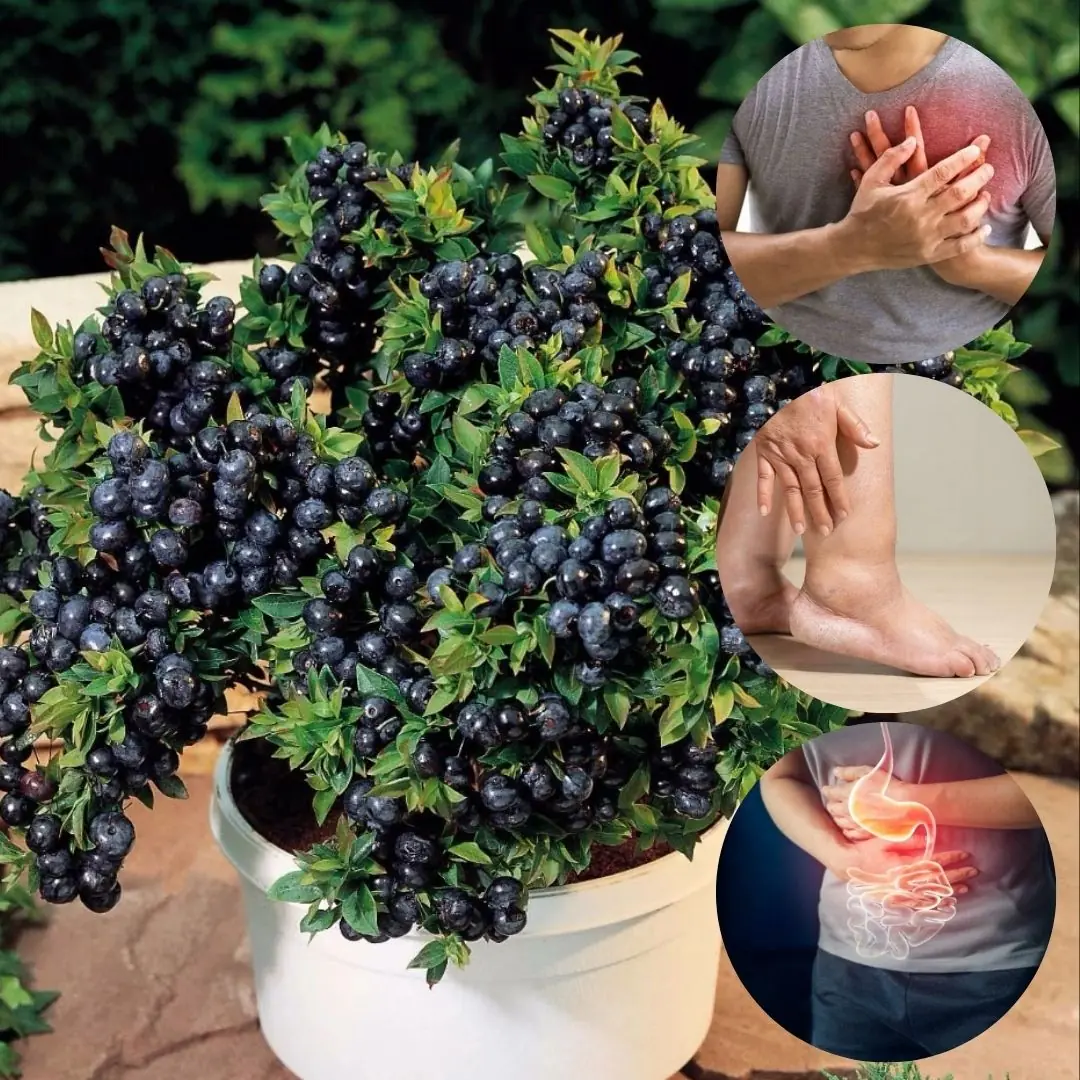
Evergreen Huckleberry (Vaccinium ovatum) – Benefits, Uses, and Growing Guide

A 3-Year-Old Boy Got Super Glue in His Eye — His Mother’s “Golden 30 Seconds” Saved His Sight

Growing Concern Over Visceral Fat — Doctors Recommend 9 Foods to Help Burn It Naturally
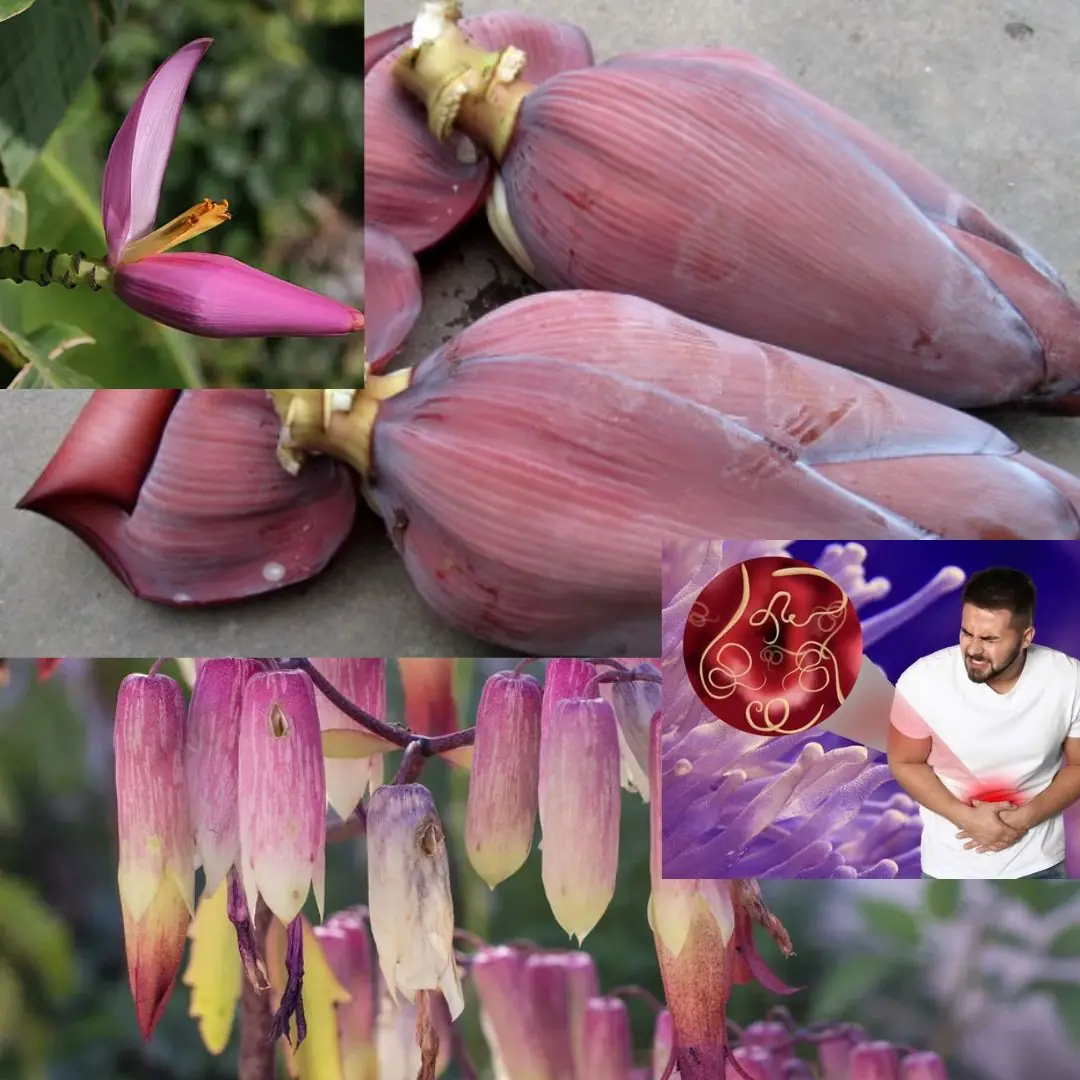
7 Amazing Health Benefits of Banana Blossoms
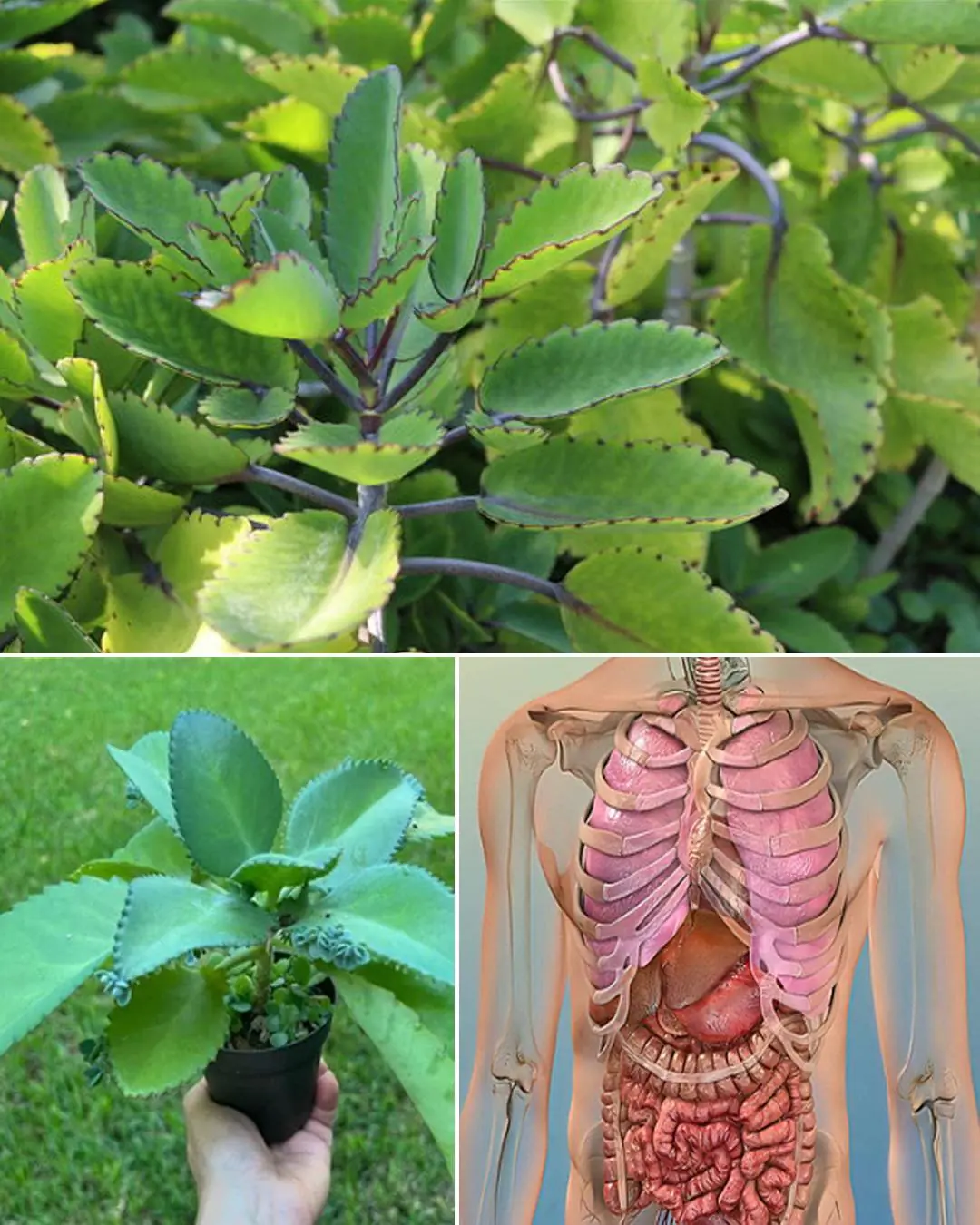
Bryophyllum Calycinum (Kalanchoe Pinnata): Benefits and Uses
